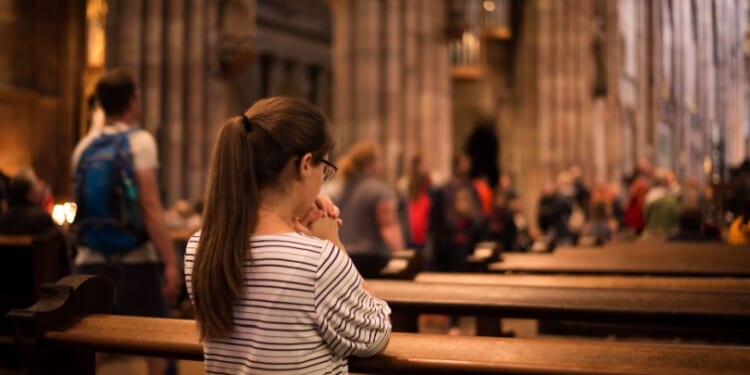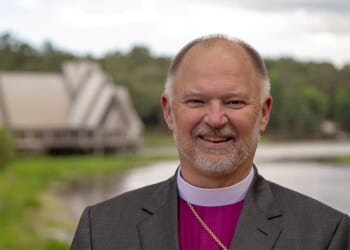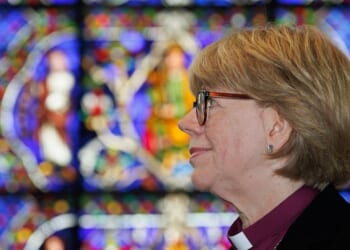(LifeSiteNews) — In a historic first, younger generations in the United States are now more likely to attend church than their parents, according to new research released by the Barna Group. The findings mark a striking reversal of decades-long trends that saw the nation’s churches increasingly sustained by older worshippers.
The data, part of Barna’s ongoing “State of the Church” initiative with Gloo, show that Millennials and members of Generation Z have overtaken Boomers and Elders as the most frequent churchgoers. While overall attendance across age groups has remained largely stable in recent years, the increase among young adults stands out as an indicator of renewed spiritual interest and a potential turning point for American Christianity.
“The fact that young people are showing up more frequently than before is not a typical trend,” said Daniel Copeland, Barna’s vice president of research. “It’s typically older adults who are the most loyal churchgoers. This data represents good news for church leaders and adds to the picture that spiritual renewal is shaping Gen Z and Millennials today.”
According to Barna’s analysis, the average Gen Z Christian now attends services 1.9 weekends per month and Millennials attend 1.8 times – both showing steady increases since the pandemic. These are the highest attendance rates recorded for younger adults since Barna began tracking generational participation. Meanwhile, Boomers today attend an average of 1.4 times per month, with Gen X just surpassing them at 1.6.
By contrast, church attendance among Boomers and Elders has declined sharply over the past quarter century. In 2000, Elder churchgoers attended about 2.3 times per month and Boomers averaged twice a month. Both now attend significantly less often, and their participation remains below pre-pandemic levels. Gen X attendance has remained steady but has not grown.
Barna CEO David Kinnaman observed that this generational shift reflects broader cultural change within the Church. “The significant drop-off among older generations shows that the fabric of congregational life is changing. It’s more frayed and less gray than it was a decade ago,” he said. “The influx of new generations represents a massive opportunity for congregational leaders, but this renewed interest must be stewarded well.”
Kinnaman cautioned that while attendance is increasing, it does not necessarily translate to deeper discipleship. “Our research clearly shows that churchgoing alone does not in itself create devoted disciples,” he said. “Even with the increasing participation of younger generations, there is still the challenge of shaping hearts and minds to live out their faith beyond church participation.”
The Barna report underscores that church engagement among all generations remains less than half of weekends each month. Across all churched adults, average attendance is 1.6 times monthly – about two Sundays out of five.
Barna’s long-term data was compiled from more than 132,000 interviews over 25 years and reveals the trend of a revival religiosity among younger adults. The group notes that “if these trends continue, the spiritual explorations of the next generation could redefine the makeup and momentum of Christianity.”
The new U.S. data correlate with a broader trend observed internationally. In Northern Ireland, a recent Iona Institute poll likewise found that Gen Z respondents are leading a quiet revival of faith, reporting higher religious engagement and stronger belief than their parents – a development that researchers there say mirrors similar signs of renewal seen across borders.
As both Barna and international surveys suggest, a new generation once presumed lost to secularism may be quietly returning to the pews — bringing with them questions, conviction, and the possibility of genuine renewal for the Church in the years ahead.

















